2024 – Wingspan Launches Canada’s Dis/Deaf Artist Residencies in K-12 Schools in 3 provinces
Building on Wingspan’s success in launching Canada’s first dis/deaf artist residency in BC Schools K-12, in 2024, Wingspan has now murmured into three Canadian provinces, placing artists in K-12 schools.
2024 Schools
Delta Schools and Vancouver School Board, B.C.
Winnipeg School Division, Manitoba
Toronto District School Board, Ontario
Building on Wingspan’s success launching Canada’s first dis/deaf artist residency in BC schools
K-12, in 2024, Wingspan has now murmured into three Canadian provinces, placing artists in K-
12 schools.
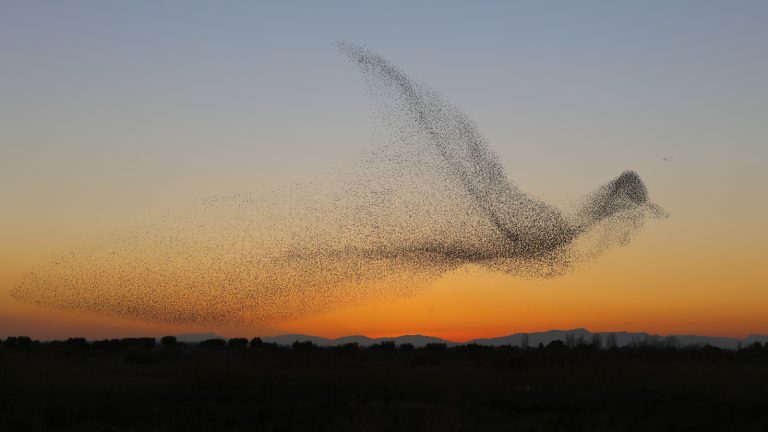
“No solitary wing can rise. It may flap its rage and pain, but all that rises is dust. For travel, for
progress, for lift, we summon not a single wing, but an articulation of wings. In the naming of
our gathering, we affirm that the span of wings is the measure of working together.”
(Frazee 2017) (original emphasis) Former distinguished Professor Emerita of Ryerson’s Disability
Studies programme and former Human Rights’ Commissioner for Ontario
Frazee, Catherine (2009), ‘Unleashed and unruly: Staking our claim to place, space and
culture’, Review of Disability Studies: An International Journal, 5:1,7–9.
—— (2017), BECAUSE WE ARE: Anthem for Disabled Country, Canada: Digital Video, Wingspan
2019 – Wingspan Launches Canada’s First Dis/Deaf Artist Residencies in K-12 BC Lower Mainland Schools
About Wingspan’s Dis/Deaf Artists-in Residency Program
Wingspan became an Established Cluster as part of the Vice-President, Research & Innovation Office (VPRI) in January of 2019. This means we are spreading our Wings into Canada’s public schools in the BC Lower Mainland, as a pilot to a hopeful national initiative. This project is timely because Canada has recently tabled Federal legislation to become accessible with bill C-81, The Accessible Canada Act. We have taken our program into the schools so the movement of artists with disabilities and Deafness can encourage students to become leaders in the dis/and Deaf arts around accessibility and inclusion, transforming what it means to listen to and learn from all youth.
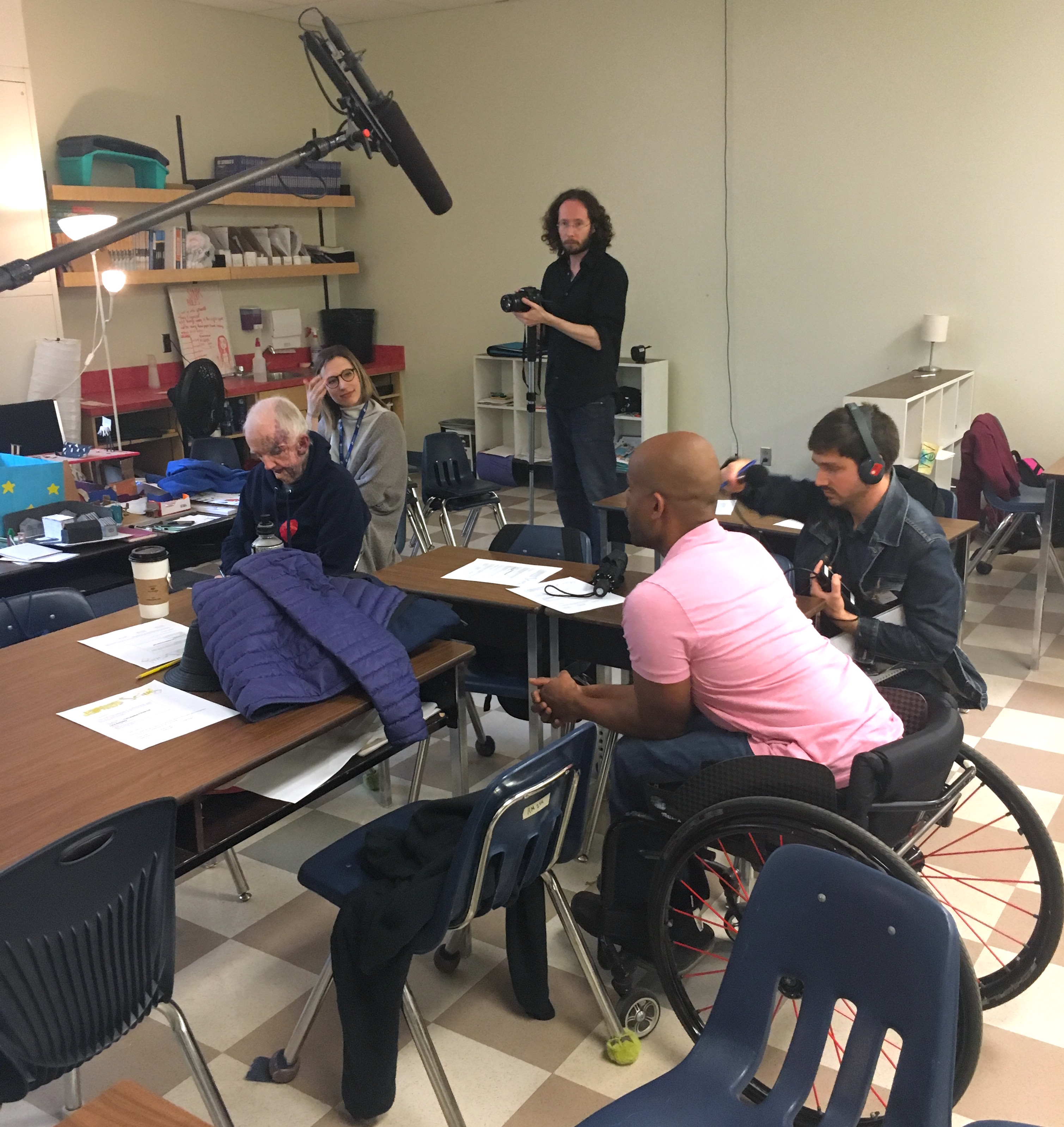
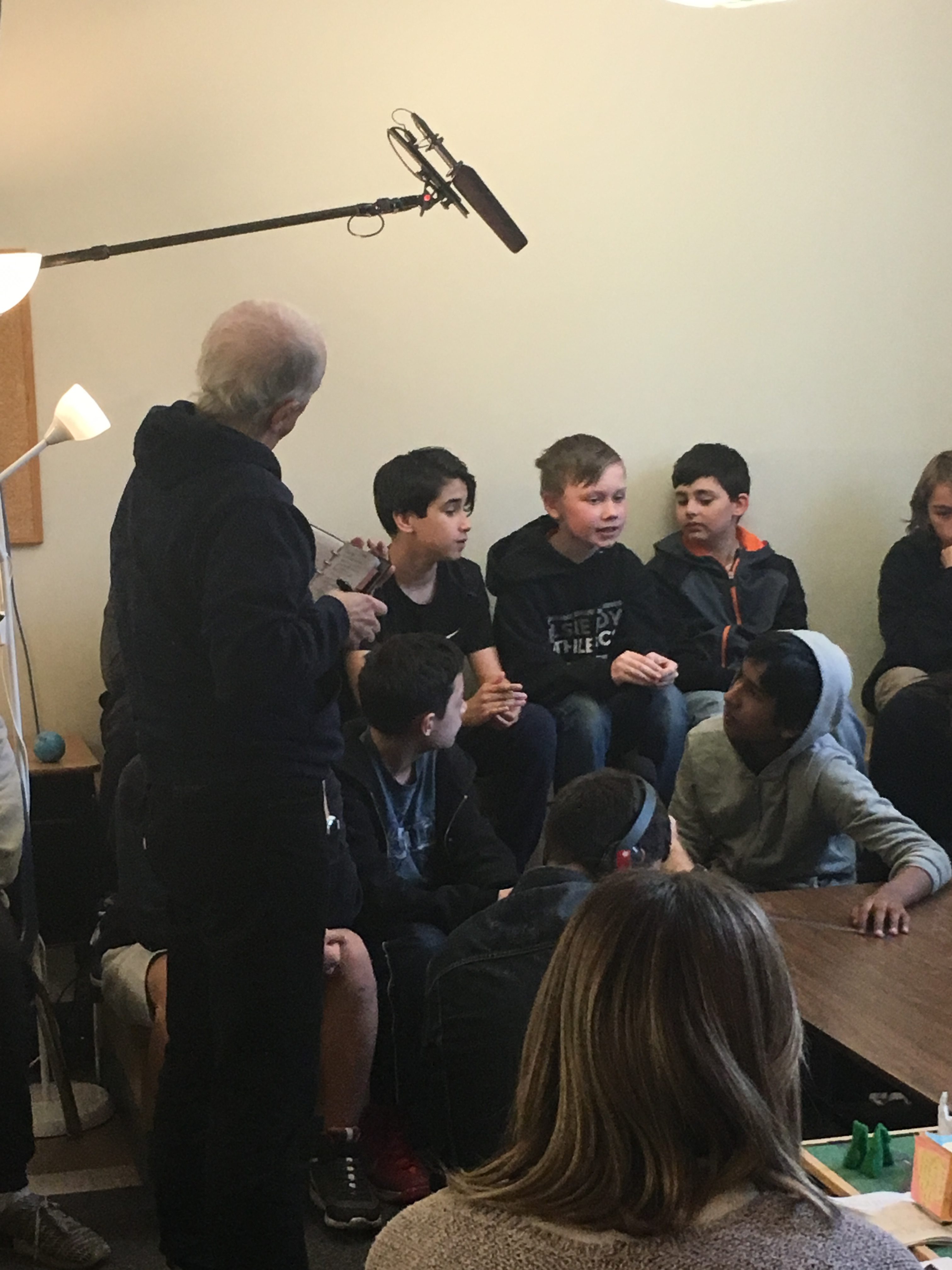
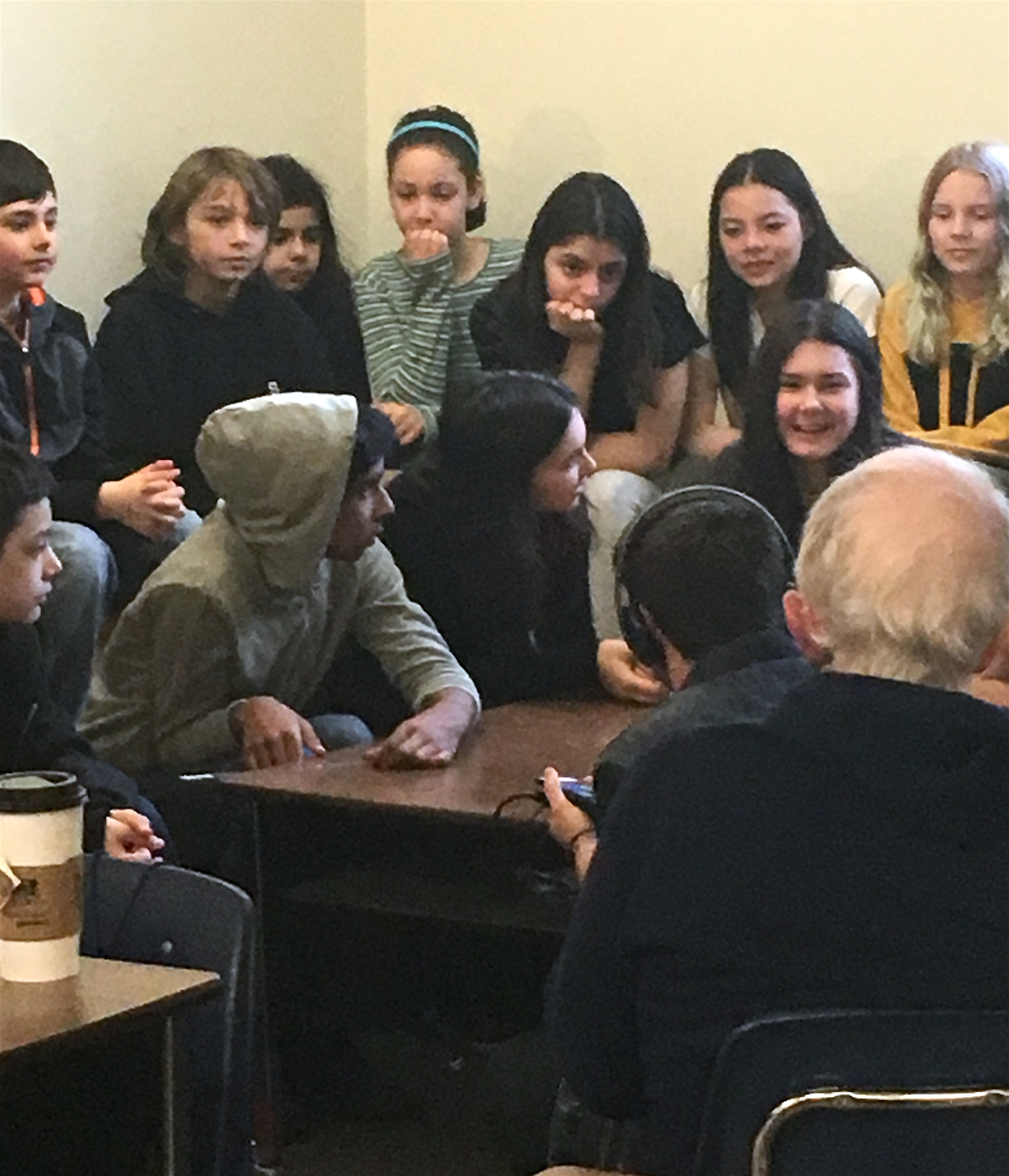
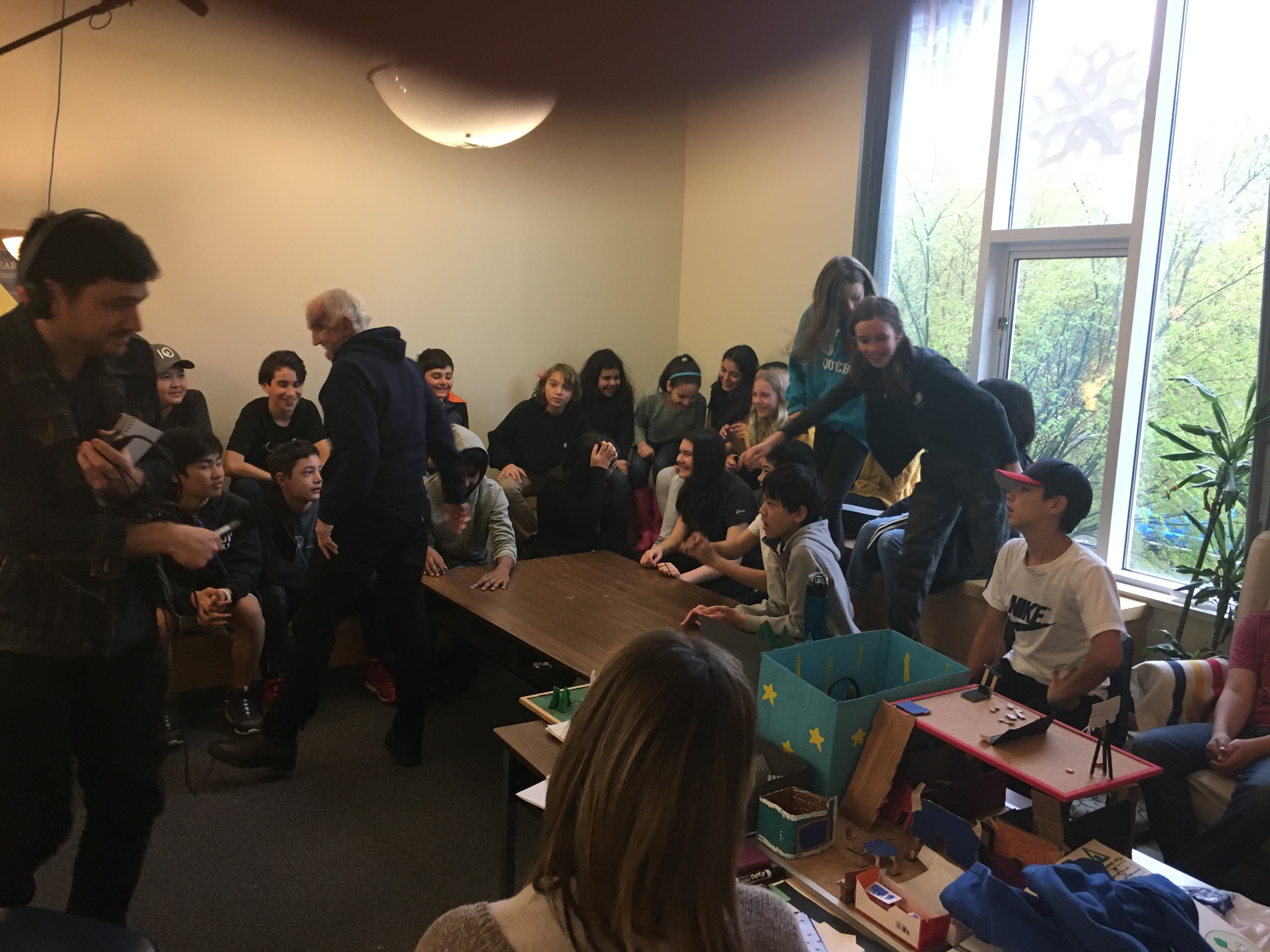
Seven schools in two districts, Vancouver School Board and Delta School Board have partnered with Wingspan and are hosting Canada’s first fully accessible and inclusive Dis/ability and Deaf Artists-in-Residence Program in K-12 schools with artists working with all students as role models and mentors, telling their stories in first-person narratives and encouraging their students to do the same. Moreover, innovative teachers and educational leaders have stepped up to work with the artists and are developing curricula with the artists to meet Wingspan’s learning objectives and serve the needs of their students and schools. See artist bios here.
Vancouver School Board:
- Elsie Roy Elementary K-7
- Lord Roberts Elementary K-7
- Lord Roberts Annex K-3
- Cross Town Elementary K-7
- King George Secondary 8-12 (School Assemblies only).
Delta School Board:
- Dellview Secondary 8-12
- École Ladner Elementary K-7.
Wingspan has been inspired in part most recently by Federal Minister Carla Qualtrough’s earlier national consultation and call for accessibility and inclusion. Equally, we have taken our cues from the disability arts and culture movement and NGO’s from the last two decades led by visionaries such as Geoff McMurchy, Catherine Frazee, Bonnie S. Klein and David Roche. From the Unruly Salon at UBC in 2008 till Wingspan 2017-present, we have moved from the margins to the mainstream. We have taken our program into the schools so the movement of artists with disabilities and Deafness can encourage students to become leaders in the dis/and Deaf arts around accessibility and inclusion, transforming what it means to listen to and learn from all youth.